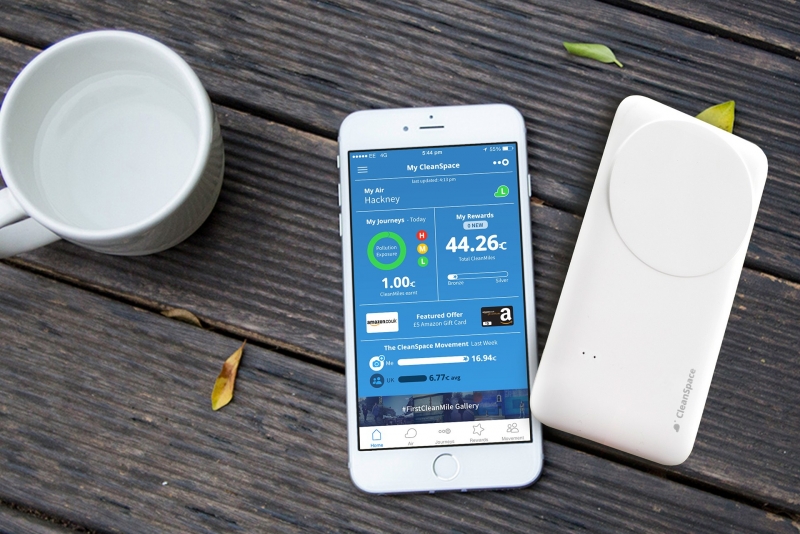A British startup company, Drayson Technologies, has unveiled a new technology that harvests electricity from unused radio frequency waves in order to charge low-power electronic devices such as sensors and beacons.
The patented technology, called Freevolt, harvests the ambient radio frequency waves from WiFi, cellular and broadband networks and turns it into a small but usable amount of energy. It's been suggested that Freevolt could be used to power the low-energy devices used in smart homes or certain wearable tech like the Fitbit.
Drayson Technologies CEO and former UK science minister, Paul Drayson, said that companies have been trying to draw out energy using this method for years. "But it is difficult, because there is only a small amount of energy to harvest and achieving the right level of rectifying efficiency has been the issue," he said.
The solution to this efficiency issue was to develop a multi-band antenna that can harvest the energy from a broad spectrum of radio bands; improve the rectifier component, which transforms the energy into an electric current; and create an optimized power management system to make sure all the spare energy is collected.
It is the nature of broadcast transmissions that, when you broadcast, only some of the energy is received and used. The energy that is not received goes to waste. It's only nanowatts of energy, but the energy is everywhere. What we're doing is using that fact to power very small low-energy devices. The radio frequency transmissions come from wireless networks, and as our hunger for information goes up, the amount of data that we want to transmit is going up exponentially, and therefore this is growing all the time
Drayson demonstrated the first product to use the technology, a personal air pollution monitor called the CleanSpace Tag, at the Royal Institution in London. The device is a carbon monoxide sensor that monitors personal air quality and transmits the data, via Bluetooth, to an app on a user's smartphone. The battery in the CleanSpace Tag is continually recharged by a Freevolt energy harvester.

One issue that has been raised is whether or not the owners of the wireless spectrum that Freevolt would be harvesting will demand a fee. Drayson says this is unlikely and he is confident it would have no legal basis.
Freevolt is available for license globally, giving other companies the chance to find uses for the technology in their products. It's hoped that Freevolt could one day be used in compact wearable products that require frequent charging, such as smartwatches. And while shrinking the technology would give it more applications, it could also be made larger and built into walls in order to collect more energy. "It's going to be really exciting to see what ideas people come up with," said Drayson.
